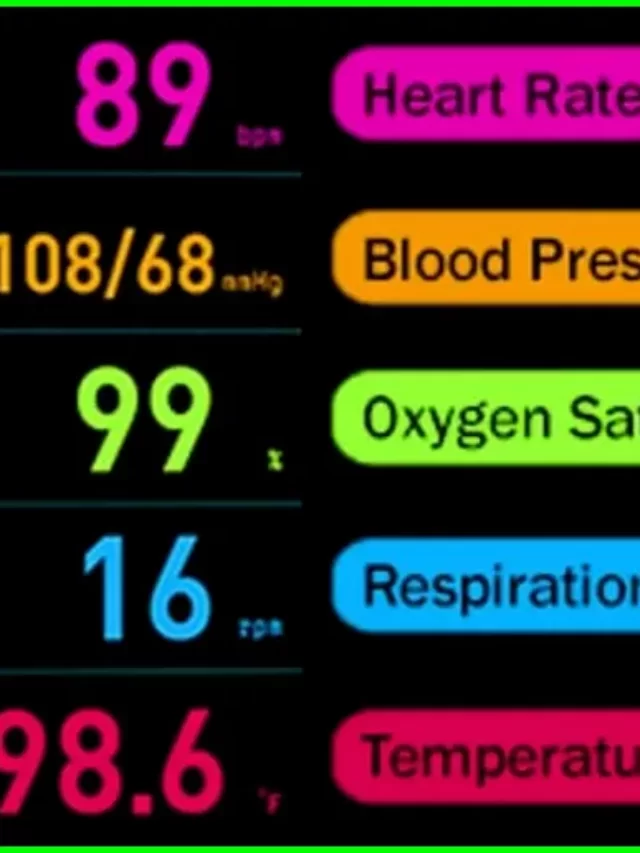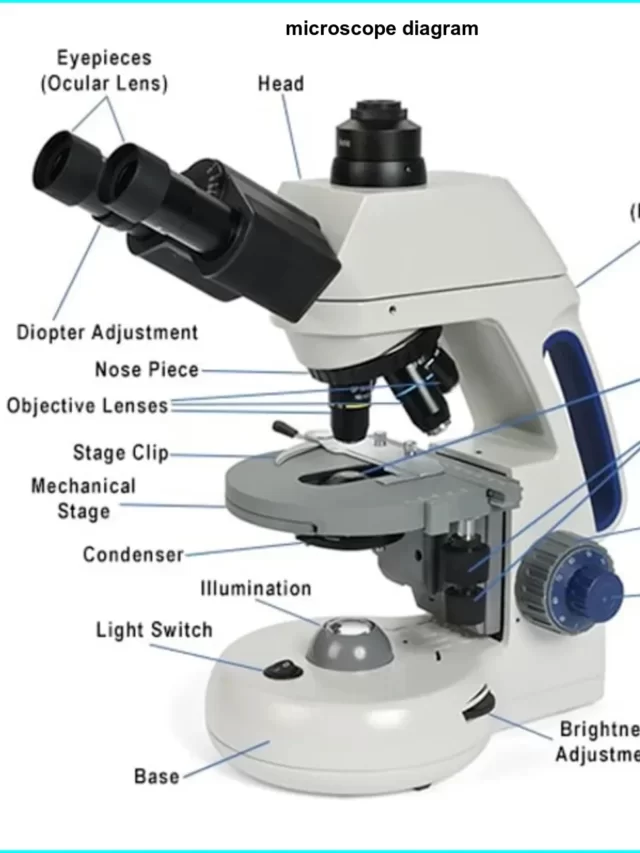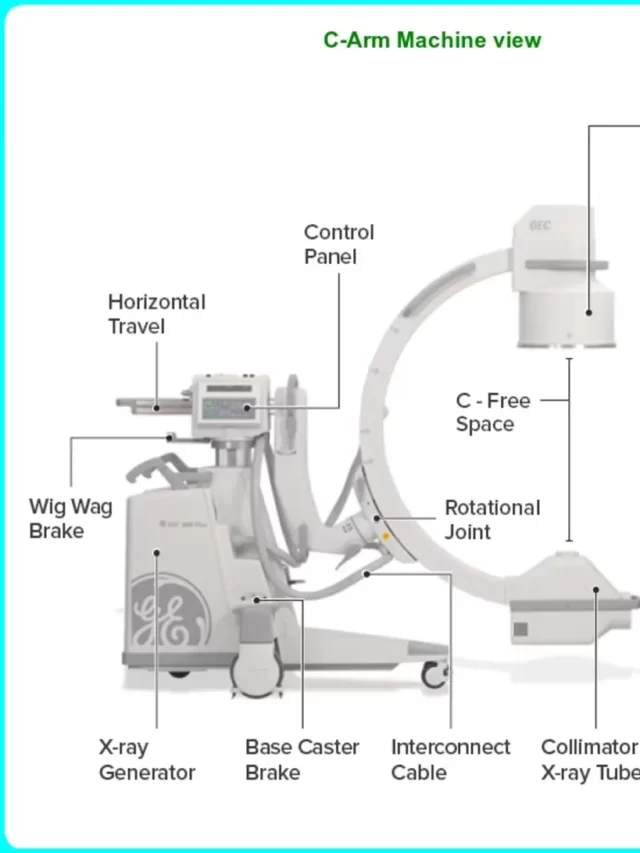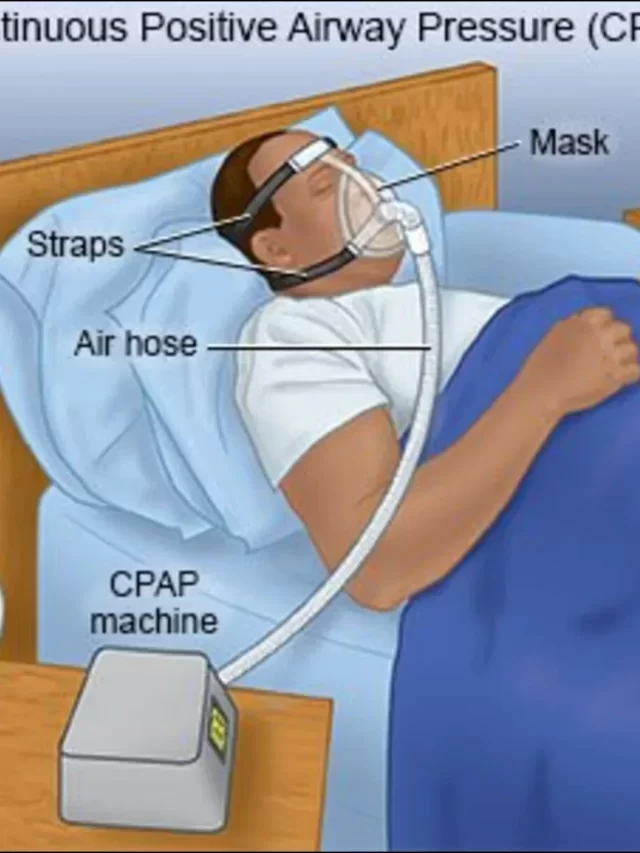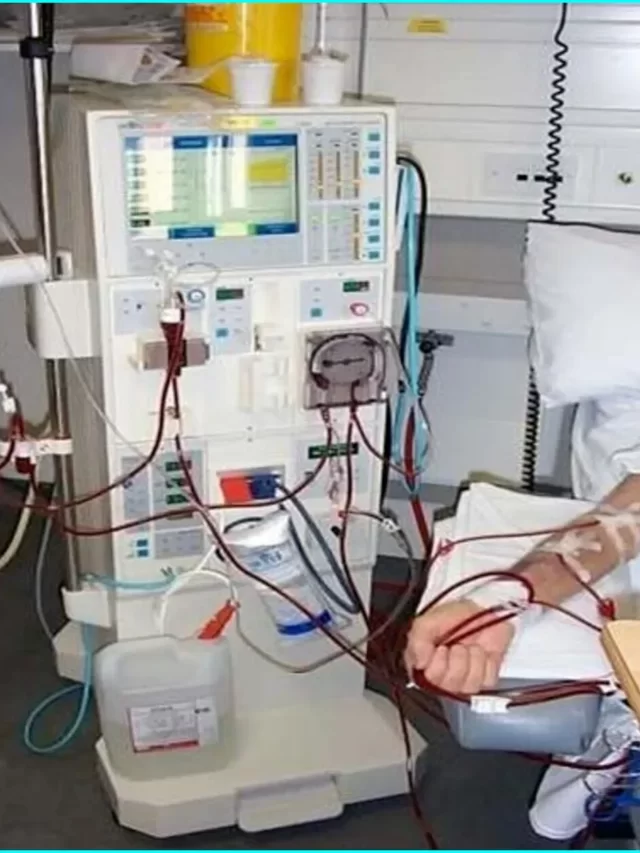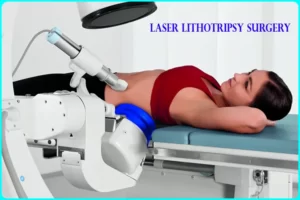What is Lithotripsy?
Lithotripsy is a medical procedure used to treat kidney stones and stones in other organs, such as the gallbladder or liver.
When minerals and other substances in urine crystallize in the kidneys, forming a solid mass or stone. It may consist of small sharp-edged crystals or smooth, heavy formations that resemble polished river rocks. They are usually passed out naturally from the body during urination.
However, sometimes the body is unable to remove large structures through urination. This can sometimes lead to kidney damage. People with kidney stones experience bleeding, severe pain, or urinary tract infections.
How does Lithotripsy work?
Lithotripsy uses sound waves to break large kidney stones into smaller pieces. These sound waves are also called high-energy shock waves. The most common form of lithotripsy is extracorporeal shock wave lithotripsy (ESWL).
Extracorporeal means “outside the body” in that it refers to the source of the shock waves. During ESWL, a special machine called a lithotriptor generates shock waves. The waves travel through the patient’s body and break the stones.
ESWL is a non-invasive procedure, which means it does not require surgery. Non-invasive procedures are generally safer and easier to perform than invasive procedures.
Lithotripsy takes about 40 minutes to an hour to perform. The patient is likely to be given some kind of anesthesia so that he does not feel any pain.
After this procedure the stone debris is removed from your kidney or ureter, the tube that goes from your kidney to your bladder through urine.
Article About:- Health & fitness
Article About:- Medical Technology
Article About:-Sports
Basic principles of Lithotripsy
On the basis of their principle of operation lithotriptors can be classified as
• Electro hydraulic lithotripsi
• Laser Lithotripsi
• Ultrasonic Effect Lithotripsi
• Electromechanical and pneumatic lithotripsi
• Percutaneous Lithotripsi
• Transurethral Lithotripsi
Electro hydraulic lithotripsy
Plasma induced shock waves are used to fracture the stone. The area where the stone is located is examined using a nephroscope or ureteroscope. A generator enables the probe to be energized in a single pulse or in timed pulse bursts.
• Considering the stone, the operator fires these pulses at the stone while the probe is irrigated with a saline solution
• Moving the probe produces a plasma bubble, causing a hydraulic shock that breaks the stone, which can then be removed using a grasper or stone basket. Lithotripsy
Laser lithotripsy
Lithotripsi lasers use either crystalline solids or organic dye solutions as their laser medium to generate coherent monochromatic light energy. It delivers energy through quartz fibers, which are in contact with the stone through channels that work in the ureteroscope.
The laser’s target beam sheds light on the area for energy delivery
When a pulsed dye is activated, the energy released generates a differential thermal expansion that fractures the stone and easily passes through the urinary tract.
Ultrasonic Effect Lithotripsy
In this, it is connected to an external generator and transducer; the external generator excites the piezoelectric elements in the transducer to generate high-frequency mechanical vibrations that propagate along the hollow tube to a movable impact tip.
When the tip of the oscillation touches the stone, the stone breaks due to vibration
A suction pump attached to the probe aspirates the stone pieces through the probe channel
Electromechanical and pneumatic impact lithotripsy
It is a reliable and cost-effective method for dissolving stones in the middle ureter and lower ureter as well as in the kidney. At the end of the probe a rigid tip is placed directly on the stone and oscillates to fracture the stone. Electro-mechanical impact lithotriptor is electromagnetically driven Pneumatic impact lithotriptor is driven by compressed air
Percutaneous lithotripsy
In this, with the help of fluoroscopic visualization, a needle is inserted into the patient’s flank and guided into the renal pelvis, a guide wire is inserted through the needle and the needle is removed.
A second guide wire is introduced in the same manner down the ureter to maintain access to the entire procedure in case the nephroscope is displaced
Then dilation of the tract can be done using a balloon catheter.
After dilation, the nephroscopic sheath is inserted over the guide wire and placed near the calculus. The nephroscope and lithotripter probe or laser fiber are placed inside the sheath and activated to disintegrate the stone. The resulting fragments are extracted by suction through the probe.
Transurethral lithotripsy
Transurethral ureteroscopic lithotripsy moves the stone in an ascending direction through the urinary tract. A sheath and then a ureteroroscope is passed into the ureter usually followed by dilation of the ureter where the lithotripsy probe dislodges the stone. Basic principles of Lithotripsy, Basic principles of Lithotripsi

How to Prepare for Lithotripsy
It is important to tell the doctor about any prescription medicines, or supplements you are taking. Some medicines, such as aspirin, ibuprofen, and warfarin or other blood thinners, can interfere with your blood’s ability to clot.
The doctor may ask you to stop taking these medicines before the procedure. However, do not stop taking the medicines you have been prescribed unless the doctor tells you to.
Some have lithotripsi under local anesthesia, which numbs the area to stop the pain. However, most have the procedure under general anesthesia, which puts them to sleep during the procedure. If going to be under general anesthesia, your doctor may ask you not to drink or eat anything for at least six hours before the procedure.
If ESWL is to be treated under general anesthesia, have a friend or family member accompany you to drive you home after the procedure. General anesthesia after lithotripsy can make you drowsy, so you should not drive until the effects have completely worn off.
What to expect during lithotripsy
Sometimes lithotripsi is performed on an outpatient basis. This means you will go to the hospital or clinic on the day of the procedure and leave the same day.
Before the procedure, you are put on a hospital gown and lie on an examination table on a soft, water-filled cushion. This is where you remain during the performance of the procedure. You are then given medicine to calm you down and antibiotics to fight the infection.
During lithotripsi, high-energy shock waves are passed through your body until they reach the kidney stone. The waves break up the stones into very small pieces that can be easily passed through your urinary system.
After the procedure, you will spend about two hours in recovery before being sent home. In some cases, you may be hospitalized overnight. You are asked to rest for one to two days at home after the procedure. It is also a good idea to drink plenty of water for several weeks after lithotripsi. This will help your kidney flush out any remaining stone pieces.
Risks of Lithotripsy
Like most procedures, lithotripsy may involve some risks.
Patients may experience internal bleeding and may require a blood transfusion. You can develop infection and even kidney damage when a piece of stone blocks the flow of urine from the kidney. The procedure can damage your kidneys, and they may not work as well after the procedure.
Potentially serious complications include high blood pressure or kidney failure.
Long-term outlook for people with kidney stones
The outlook is generally good for people with kidney stones. Recovery varies depending on the number and size of the stones, but lithotripsy usually removes them completely. In some cases, extreme Blank treatment is required. While lithotripsy works very well for some people.
What are kidney stones?
Stone-forming minerals such as salt, calcium, uric acid and oxalate can lead to kidney stones. These hard deposits vary in size, ranging from a grain of sand to the size of a golf ball.
When there is not enough water in the urinary system, these minerals become concentrated in the urine. As the concentration of minerals increases, they crystallize to form stones.
Different kidney stones form from different mineral deposits. Some types of kidney stones include:
1. Calcium oxalate stone is derived from calcium oxalate and is found in some fruits, vegetables, nuts and chocolate.
2.) Struvite stones, formed from phosphates and resulting from urinary infections
3.) Uric acid stones, usually caused by diet (meat, high protein diet), dehydration, or gout
4.) Cystine stones, produced by cystinuria, a disorder that causes too much cystine in your system
5.) The symptoms of kidney stones get worse, the bigger the stone becomes. These symptoms may include severe pain on both sides, blood in the urine, nausea or vomiting, cloudy or foul-smelling urine, and abdominal pain that does not resolve.
Different types of lithotripsy
1.) Ultrasonic Lithotripsy
With ultrasonic lithotripsy, a probe sends high-frequency sound waves into the kidney stone where the ultrasonic waves break up the stones without damaging the surrounding tissues and organs.
2.) Electrohydraulic Lithotripsy (EHL)
In this, lithotripsy uses electric shock waves to break up kidney stones so that smaller pieces can pass through your urinary tract. EHL requires general anesthesia.
3.) Extracorporeal Shock Wave Lithotripsy (ESWL)
ESWL uses pressure waves to target kidney stones and break them into smaller pieces. Sedation or mild anesthesia is usually required, and you may need multiple treatments if you have a large stone piece inside.
Purpose of lithotripsy
It is used to remove kidney stones without surgery due to which –
1.) Colic
2.) Bleeding
3.) Damage to the kidney from the blockage
4.) Urinary tract infection and fever
The symptoms of stones generally depend on their location, size and type. Sharp small oxalate stones are more likely to cause pain with bleeding whereas smooth phosphate stones are probably asymptomatic and grow to large and silently damage the kidney.
Small stone fragments less than 4 mm in size from the ureter normally pass spontaneously but larger stones can become trapped and cause fever-like symptoms. Different types of lithotripsy, Different types of lithotripsy
Lithotripsy technique
There are two types of lithotripsy techniques
1.) Extracorporeal Shock Wave Lithotripsy (ESWL)
2.) Intracorporeal (endoscopic lithotripsy)
Intracorporeal lithotripsy further includes:
Laser lithotripsy
Electrohydraulic lithotripsy
Mechanical lithotripsy
Ultrasonic Lithotripsy
Extracorporeal shock wave lithotripsy (ESWL)
Extracorporeal as the name suggests is performed outside the body. Here, high energy shock waves are passed through the body to break the stones into smaller pieces, such as sand particles. Due to their small size, these pieces are passed out of the body with urine.
ESWL Process
The location of the stone is determined using X-rays or ultrasound. The body is positioned in such a way that the stone is first correctly localized and then targeted using high intensity shock waves. You should lie down as much as possible during this procedure. Once you are relaxed and the stone is located the energy generator is activated to generate the intensity needed to break the stones. For energy to pass through your body, it needs to be in contact with a soft cushion or membrane with jelly on it. It requires about 1000 to 2000 shock waves. The time required to complete the treatment is approximately 40 to 60 minutes.
Intracorporeal lithotripsy
If the stones cannot be fractured or broken by extracorporeal lithotripsy because of their position, density or size, the endoscopic approach is preferred by surgeons. Intracorporeal lithotripsy is often performed via ureteroscopy in which a short, long tube with a light source and camera at its tip is inserted into the urethra and directed down the urinary tract until the stones are located . A variety of devices are used to apply energy and break down calculations.
1.) Laser
2.) ultrasound shock waves
3.) mechanical equipment
4.) Graspers or wire baskets are often used to remove pieces that break off or are left behind and at the same time flush out the urine.
This procedure is performed under regional or general anesthesia and requires hospitalization for a day or two. Some units do this as a day-to-day process.
Advantage of Lithotripsy
The primary advantage of lithotripsy is that it is completely non-invasive. Lithotripsy is well suited for patients with small kidney stones that are easily seen by X-ray. When kidney stones are large enough that they cannot pass through the urinary tract, they cause severe pain and block the flow of urine.
FAQ
How painful is lithotripsy?
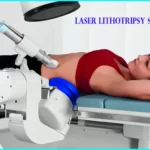
Flank Pain: The majority of patients feel some discomfort for a day or two following ESWL. The pain is normally at its worst the evening after surgery and is typically described as a dull aching or soreness around the flank or kidney area. Over the ensuing days, the agony fades.
What is lithotripsy procedure?

In the lithotripsi process, shock waves are used to dislodge kidney and ureter stones (the tube that delivers urine from the kidneys to the bladder). Following the surgery, the minute stone fragments leave your body through your urine.
Why is lithotripsy performed?

Kidney stones are treated using shock wave lithotripsi by medical professionals. It works well for minor kidney or ureter (urinary tube) stones. High-intensity shock waves are used throughout the treatment to shatter stones.
Is lithotripsy a major surgery?

With lithotripsy, patients who once needed major surgery to remove their stones could be treated and not even need an incision. As a result, the only non-invasive treatment for kidney stones is lithotripsi, which doesn’t require an internal telescopic device or an incision.
Which is better lithotripsy or laser?

Holmium laser lithotripsi has been demonstrated to have higher success rates and a lower risk of steinstrasse (a side effect of extracorporeal shock wave lithotripsi in which stone pieces obstruct the ureter) than extracorporeal shock wave lithotripsi.



